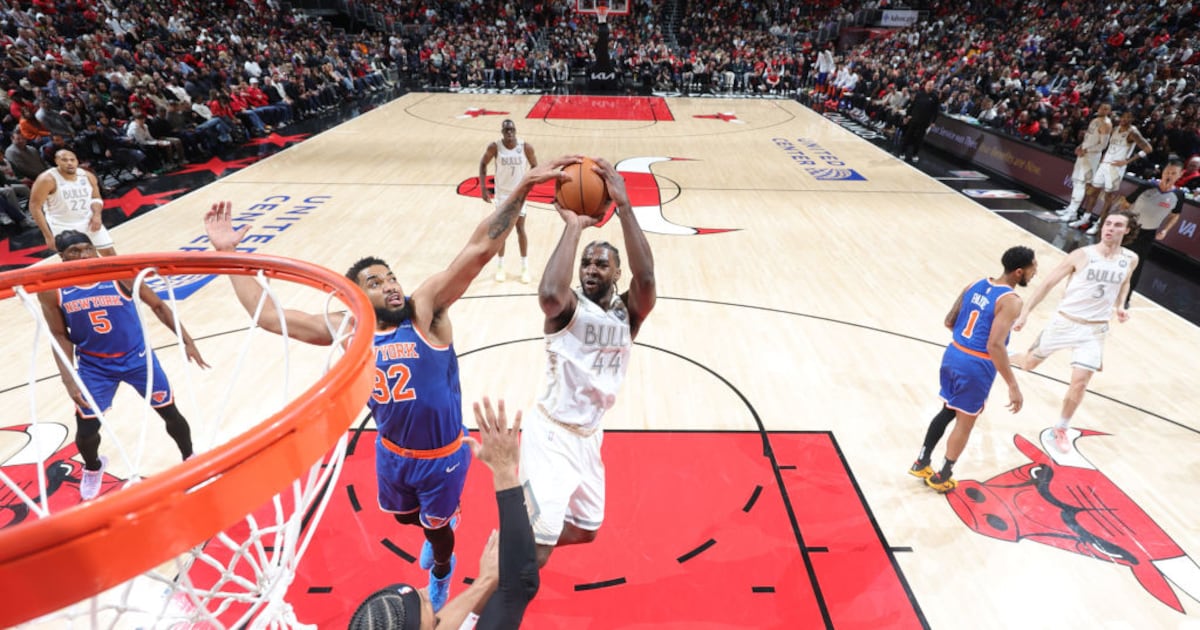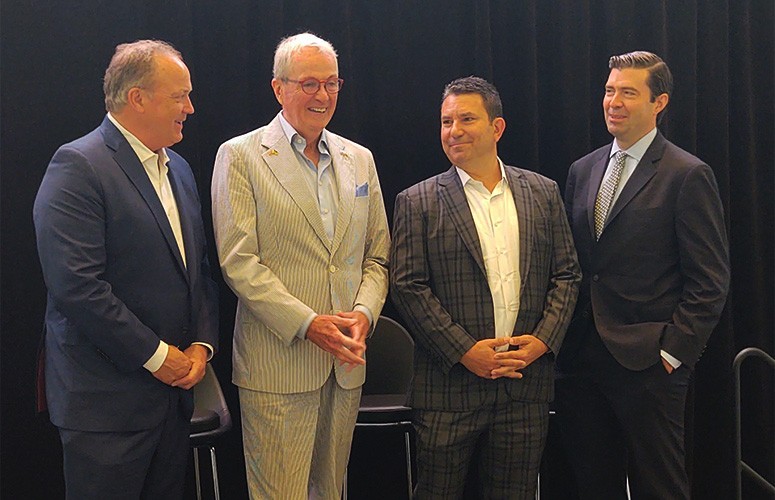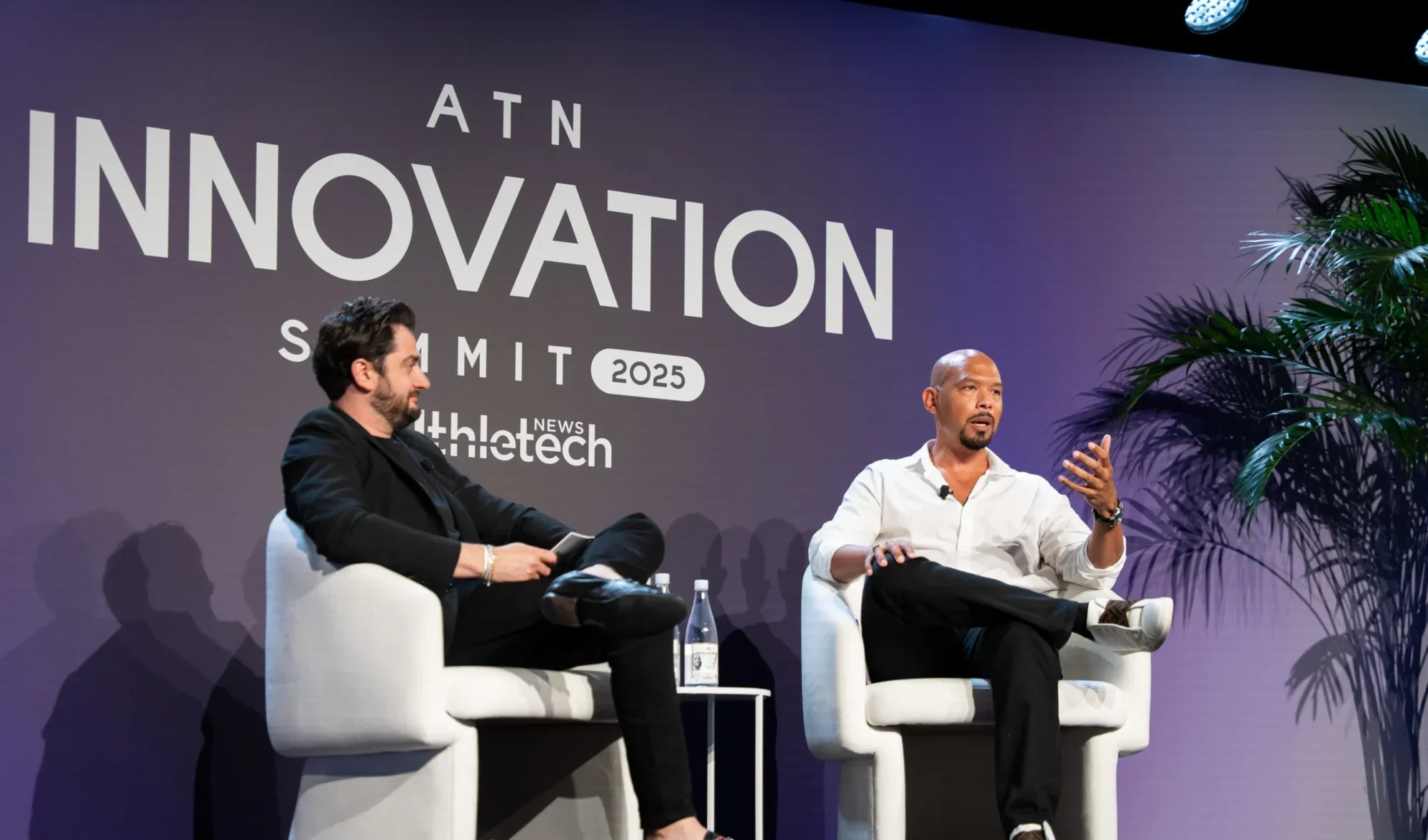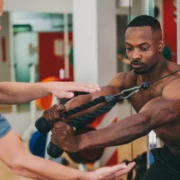At the ATN Innovation Summit, Peloton CPO Nick Caldwell revealed how tech, personalization and community are redefining the fitness giant
Nick Caldwell isn’t your typical fitness executive, and that’s exactly what makes him an asset. With a resume spanning X (formerly Twitter), Reddit and Microsoft, Peloton’s chief product officer brings not just an outsider’s lens, but a software-native mindset to the world of connected fitness.
At the ATN Innovation Summit 2025, Caldwell offered a candid view on how he’s helping advance Peloton beyond its bike-first perception into a dynamic, tech-enabled fitness platform centered on goals and connection.
“I feel like sometimes in this industry, we’re chasing whatever the most recent fad is and losing sight of what really deepens connection to the customers,” he said. “From my time at Reddit and Twitter, I learned a lot about the value of social connection.”
Here are some of the highlights from Caldwell’s fireside chat with Athletech News founder and CEO Edward Hertzman:
Beyond the Bike
Peloton may still be synonymous with indoor cycling, but Caldwell makes it clear that the connected fitness company’s future extends well beyond the bike.
“The perception, in this case, is not reality,” he pointed out. “Peloton has had multiple non-bike fitness products for a while.”
“He pointed to the Tread, Tread+ (which he referred to as the ‘chef’s kiss’), Peloton Row and a growing content catalog across 16 fitness modalities, including barre, Pilates, yoga, meditation and strength training.
“I think that we’re changing perception by having these products in the market and delivering fantastic content experiences,” he said.
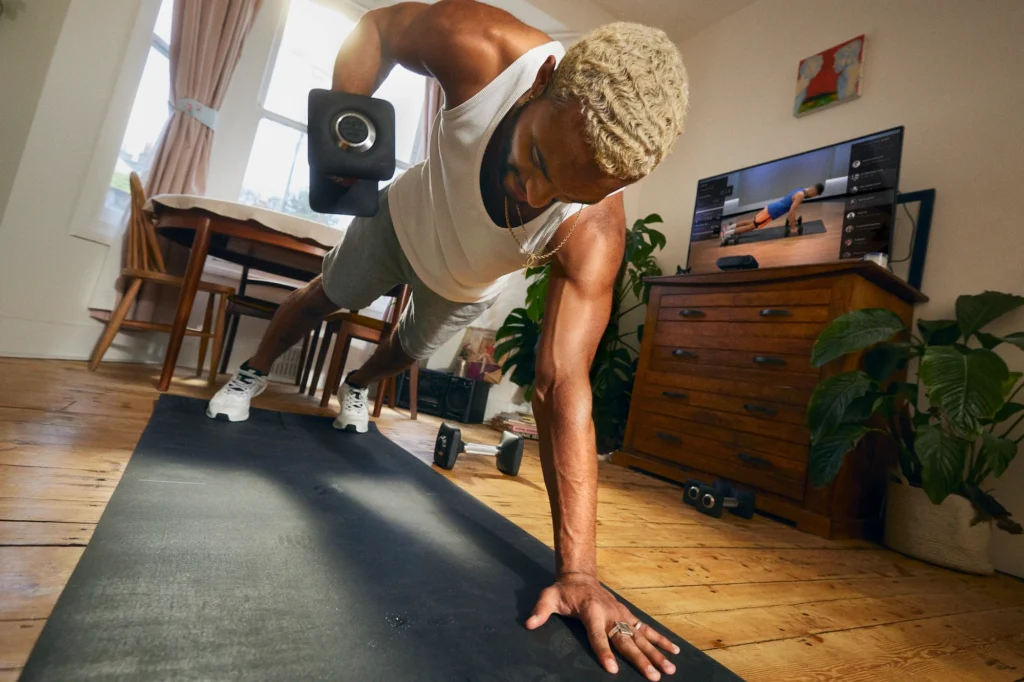
Strength, in particular, has become a cornerstone of the business.
“Two million members a year [are] using strength content,” Caldwell noted. “That actually makes us the number one provider for strength content in this industry.”
Walking classes are also up 10% year-over-year, running classes by 5%, and the Tread is now Peloton’s number one product in terms of sales growth among net new users.
Tech Mentality, Fitness Application
With his outsider perspective, Caldwell observes that the fitness industry often approaches innovation through a hardware lens rather than software.
“My advice… is to focus more on how you can differentiate and experiment on the software side,” he said.
It’s also a philosophy that shapes how Peloton is approaching its member experience. While the company’s hardware may come with a premium price tag, Caldwell emphasized that members aren’t just buying fitness equipment, they’re investing in personal outcomes.
“They are buying the equipment to satisfy a goal,” he said.
And with rapid advancements in technology, he says that the opportunity to meet those goals has never been greater.
“The more you can understand that goal and directly connect your products, features and services to help achieve that goal, the better you’re going to be, which is why I’m incredibly excited about what’s happening in (the) industry right now,” he said. “There’s never been a better time to apply technology to meet our customers.”
Human Touch Meets AI
Though recognized for its sleek hardware, Peloton’s real stars are its instructors, celebrity-level figures who sweat alongside members and, according to Caldwell, are not only central to the brand’s power but also deeply involved in product design and implementation.
“We just launched a product called Strength+,” Caldwell said, referring to a new gym-focused app that automatically generates personalized workouts. But, he added, it’s not “some ChatGPT nonsense.”
“Those strength workouts are built directly by the Peloton team and instructors,” he said, describing the company’s roster of 60 instructors as an “absolute superpower” for their hands-on role in shaping the experience.
Even new members are onboarded with personalization in mind.
“We ask our members what they’re trying to achieve,” Caldwell said. “And on the back end, we use AI and other technologies to then dynamically generate a workout. But again, that workout plan is not just coming from some generic LLM – it’s coming from hand tooling across many hundreds of hand-crafted designs.”
Beyond content and hardware, community remains central to Peloton’s value proposition.
“People have an expectation when they buy a Peloton product, that they’re becoming part of something bigger,” Caldwell said.
“We have to go beyond offering just what we see on the leaderboard, high fives and hashtags – that’s a great starting point,” he added. “But our members crave more, and we see that through communities being created on external platforms where hundreds of thousands of our members are trying to find ways to come together, share fitness tips and support each other.”
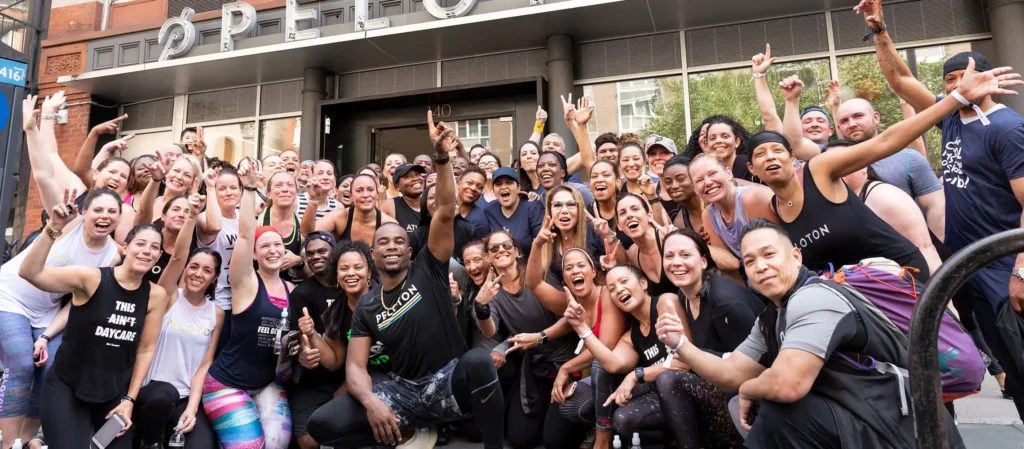
To that end, Peloton has expanded its Teams feature to deepen engagement and promote social discovery within the platform. Users can browse teams by popularity, profile tags, featured communities or by searching names and descriptions. The feature also offers new ways to interact, including milestone celebrations, comments and emoji reactions.
Smaller Stores, Bigger Reach
Retail is also evolving, following a successful small-format “micro store” in Tennessee that lets potential customers experience products.
“We’re going to try and replicate that model throughout the country,” Caldwell said.
Meeting Members Wherever They Are
Caldwell made it clear that Peloton’s strategy isn’t about locking users into a single location or device. Just as software thrives on flexibility, he applies the same principle to fitness.
“We acknowledge that [working out is] not just going to be at home,” he said. “We’re not at war with people who want to work at the gym. We need to embrace that.”
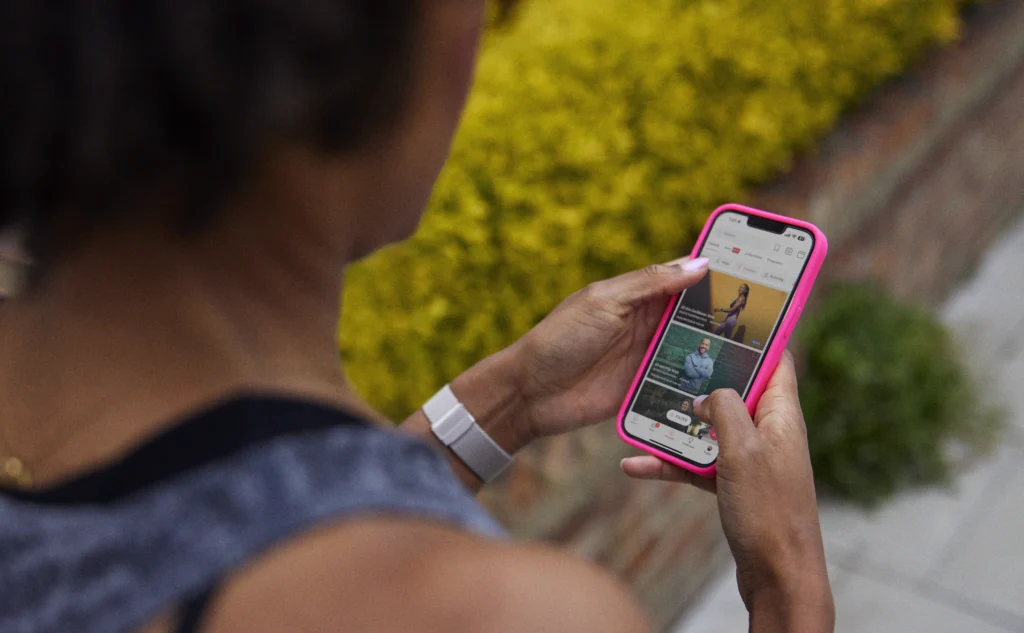
He pointed to growing engagement with outdoor and app-based content, including walking, running and gym-compatible workouts – all of which, he said, contribute to a stronger, results-driven experience for members.
“We’re going to use the data insights from your outdoor workouts and bring them back into your profile,” Caldwell said. “Your content and workout recommendations will keep getting better. The more time you spend in our ecosystem – whether at home, in the gym or outdoors—the better we’ll be able to help you achieve your goals.”
Still, he acknowledged that home use remains a significant and steady part of the member experience.
AI & The Road Ahead
While he was careful not to reveal too much, Caldwell hinted at what’s next.
“All I can really say is that we’re looking forward to talking about the future of our hardware roadmap,” he said. “But the thing I want you to take away from all this is that Peloton is here to stay. We have a great, growing line of products. We have the most deeply engaged, stickiest member base, and I feel like we are more effective than ever in delivering new experiences, and now, in this world of AI and technology, we are able to do that more effectively.”
This article is based on a live discussion held during the ATN Innovation Summit 2025, a two-day event dedicated to the future of fitness and wellness. See here for more Innovation Summit coverage.

